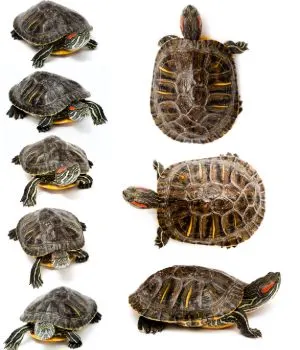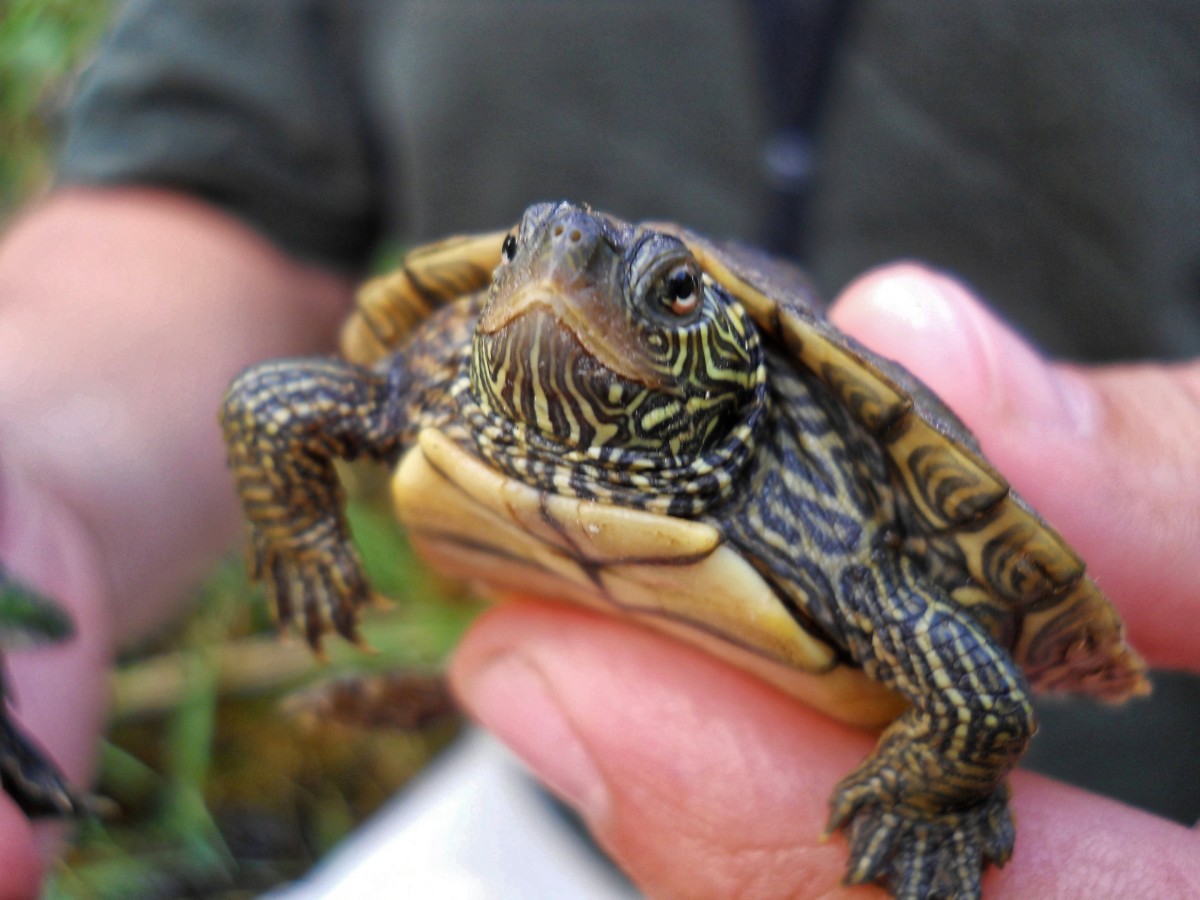Turtles are fascinating creatures that have roamed the Earth for millions of years. Their unique characteristics and longevity have made them popular pets for many reptile enthusiasts. One of the questions that frequently arises among turtle owners or those interested in getting a turtle as a pet is, “How big do turtles grow?”

Credit: www.allturtles.com
Determining Factors for Turtle Growth
The size a turtle can grow to depends on several factors which include:
- Species: Different species of turtles have varying growth rates and maximum sizes. For instance, the red-eared slider, one of the most popular pet turtles, can grow up to 12 inches in shell length, whereas some other aquatic turtle species can reach up to 24 inches or more.
- Gender: In some turtle species, males tend to stay smaller than females. This difference in size is more apparent during sexual maturity.
- Diet and Nutrition: Proper nutrition plays a significant role in a turtle’s growth. Turtles being ectothermic creatures, a balanced diet that includes a variety of vegetables, fruits, insects, and commercial turtle pellets ensures their healthy development.
- Environmental Conditions: The habitat in which a turtle lives can influence its overall growth. Turtles kept in small tanks or inadequate enclosures may not grow to their full potential. Adequate space, a basking area, and appropriate lighting are crucial for their well-being.
Size Variations in Popular Turtle Species
Here are a few examples of popular turtle species along with their average sizes:
| Turtle Species | Average Size |
|---|---|
| Red-Eared Slider | 8-12 inches in shell length |
| Painted Turtle | 4-10 inches in shell length |
| Eastern Box Turtle | 4-8 inches in shell length |
| Map Turtle | 4-10 inches in shell length |
| Diamondback Terrapin | 5-9 inches in shell length |
| Snapping Turtle | 8-20 inches in shell length |
These sizes are general estimates and can vary based on the individual turtle’s genetics, diet, and environment.
Understanding Turtle Growth Patterns
Turtles grow in a unique way compared to other animals. They have a bony shell, also known as a carapace, which is made up of interconnected plates. As turtles grow, these plates do not expand; instead, new layers are added beneath the existing ones, resulting in growth rings.
Typically, turtles grow rapidly during their first few years of life and slow down as they reach maturity. Growth rates vary among species, and it is important for turtle keepers to be aware of this to provide appropriate care and habitat adjustments as needed.

Credit: animals.mom.com
Turtle Lifespan and Size Expectations
Depending on the species, turtles can have impressive lifespans. Box turtles, for example, can live for more than 50 years, and some tortoise species can live well over a century! As turtles age, their growth tends to slow down and they reach their maximum size. However, it’s important to remember that even adult turtles need proper care and a suitable environment to thrive.
Conclusion
Turtles come in various shapes and sizes, and their growth is influenced by several factors such as species, gender, diet, and environment. Understanding the growth patterns and average sizes of different turtle species is important for providing optimal care and creating a suitable habitat for these amazing creatures. Remember, proper nutrition, a spacious enclosure, and a comfortable environment are essential for a turtle’s healthy growth and overall well-being.






Leave a Reply